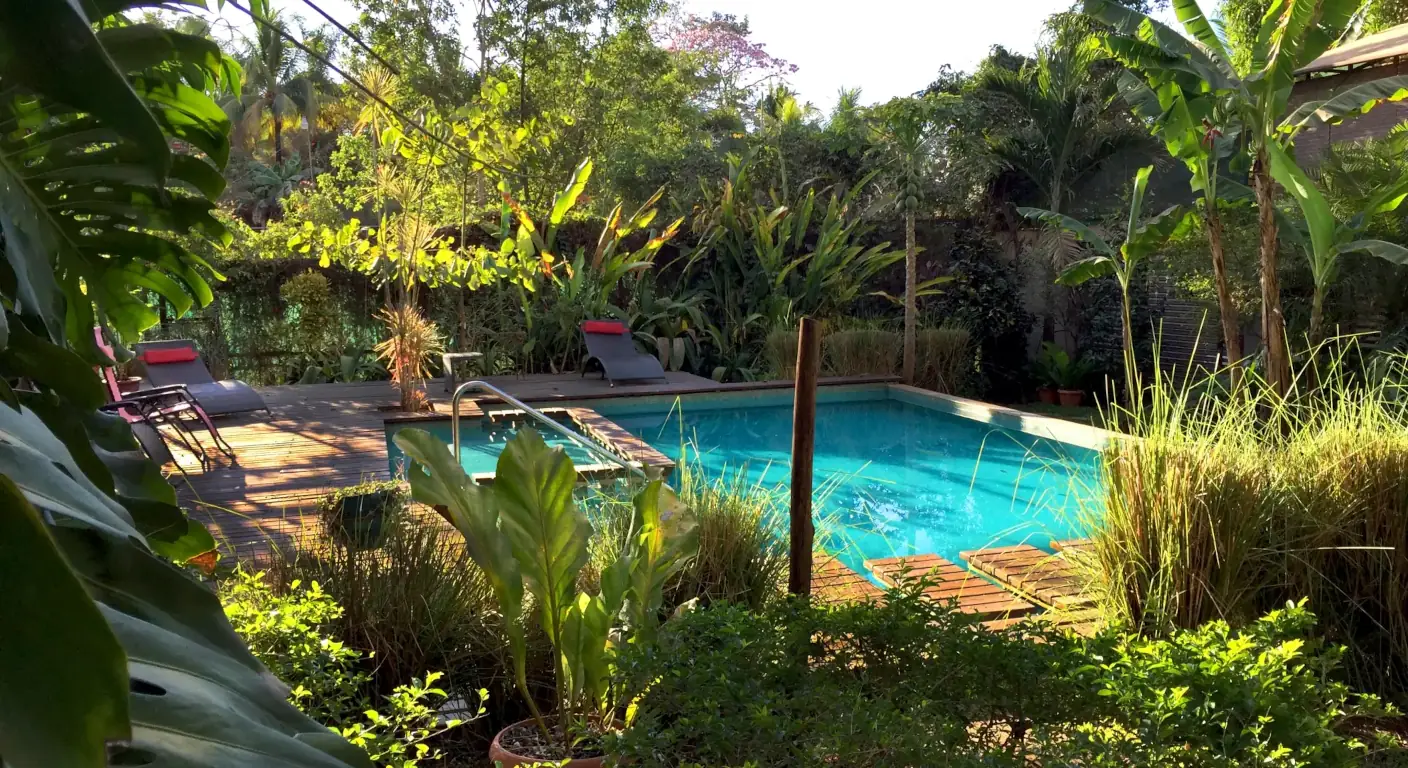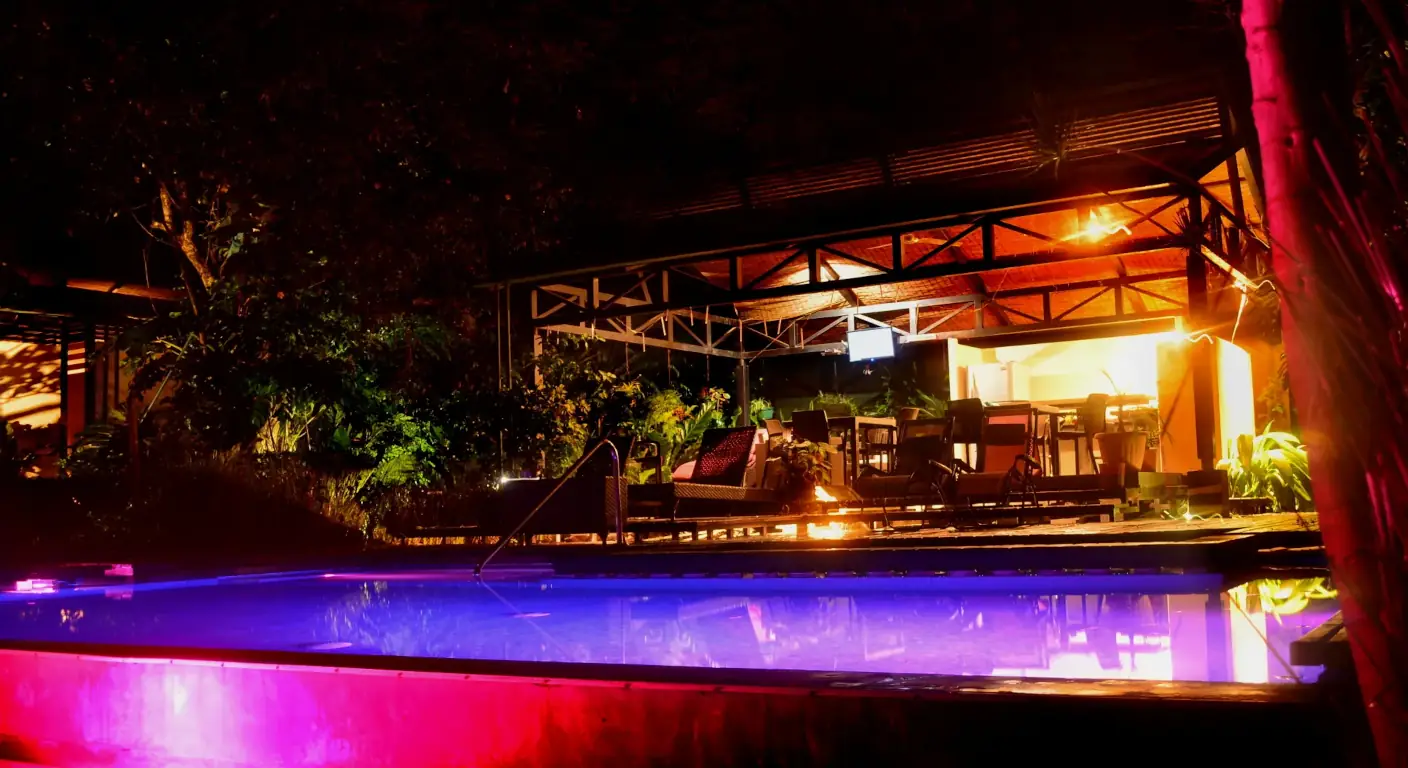Staff from Royal Botanical Gardens of the Higher Council for Scientific Research (CSIC), are developing studies Pacuara National Park in Costa Rica, on fungal diseases in marine turtles, especially the Leatherback turtles.
As part of the GLOBAL-FUNGI scientific department of Mycology at the Royal Botanic Garden Javier Dieguez Uribeondo project has been investigating for 15 days in the nature reserve, one of the most important places in the world for nesting leatherback turtles, species endangered.
Studies have focused on studying the fungi that cause emerging diseases in endangered species, in this case sea turtles.
For the first time it was possible to identify two fungal species present in these marine creatures, this has resulted in three publications in various scientific journals.
The Leatherback turtles so called from its resemblance to the musical instrument, is the largest of all sea turtles, reaching 2.3 meters in length and weighing more than 600 kilograms. In less than 30 years, the number of leatherback turtles has declined by 80%, seriously threatening the survival of this species.
GLOBAL-FUNGI The project works to identify the conditions that favor the development of these fungi and also to create conservation programs that take account of the diseases that develop turtles from these fungal agents.
Thanks to this research work, the Pacuare Nature Reserve has laid foundations for signing a cooperation agreement between the National Park and the Higher Council for Scientific Research (CSIC), with the aim of carrying out conservation programs and study of biodiversity present.
Montezuma, Costa Rica.



